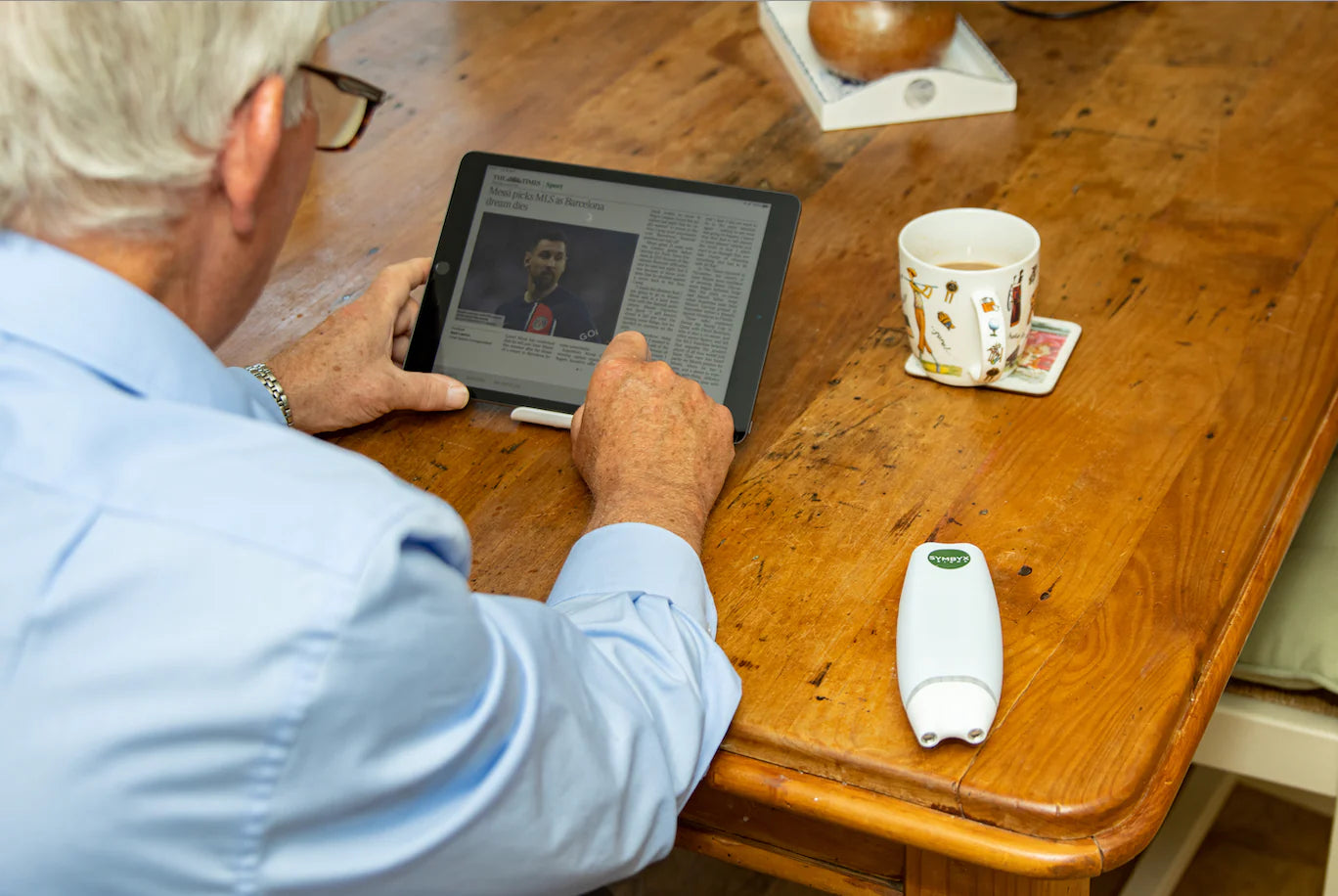Exclusive
By Noah Yim
9:58 PM March 16, 2023

Sydney Adventist Hospital director of research Geoffrey Herkes
An infrared-emitting helmet can reduce the severity of Parkinson’s disease symptoms, a world-first preliminary study has found.
Researchers say it is the world’s first double-blind, placebo-controlled study into the not-yet-understood phenomenon where exposure to infra-red light seems to reduce the severity of symptoms.
An abstract on the trial has been accepted by the American Academy of Neurology and the paper will be presented at its annual meeting in April.
Sydney Adventist Hospital (SAN) conducted the study using an infrared-emitting helmet produced by Australian medical technology company Symbyx. The study had two groups of 20 Parkinson’s patients, treating one group with the actual helmet and the other, a placebo.
It found the helmet improved patient symptoms for 70 per cent of the trial group compared to 55 per cent of the placebo group over a range of standard Parkinson’s symptom measures. There was a 40 per cent improvement over baseline in hand and finger mobility, and improvement in facial control, walking gait, and tremors of about 25 per cent over baseline. Improvements in lower limb control between the trial and placebo groups were found not to be statistically significant.
The helmet only eases the severity of symptoms. Parkinson’s disease is not yet curable and no treatments have been definitely proven to slow its onset.
The study asked patients to put on the helmet for 24 minutes, six times a week. SAN director of research Geoffrey Herkes said the results were promising.
“With stiffness, they were able to do more. Their arms, their walking, improved,” he said.
“Importantly, light therapy does not interfere with other Parkinson’s treatments, including medications.”

Anne Starling, a Parkinson's disease patient with the SYMBYX helmet. She was not a part for the study.
The mechanics of the treatment are not fully understood but Dr Herkes said one of the main lines of inquiry was that infrared light improved mitochondrial function in the brain. “The actual light gets about 3cm into the brain,” he said. “It seems to improve mitochondrial function – certainly in animal models, that’s what it seems to do.”
Despite a few patients dropping out of the study due to external factors, Dr Herkes said he was still confident in the significance of the results.
“There is clearly a placebo effect from using light therapy on some patients, but not on all,” he said. “Furthermore, one would expect the positive effect of using a sham helmet to diminish over time so we look forward to reporting on more data from this trial in the coming months.”
In the next phase of the study, the active and placebo groups will swap over.

